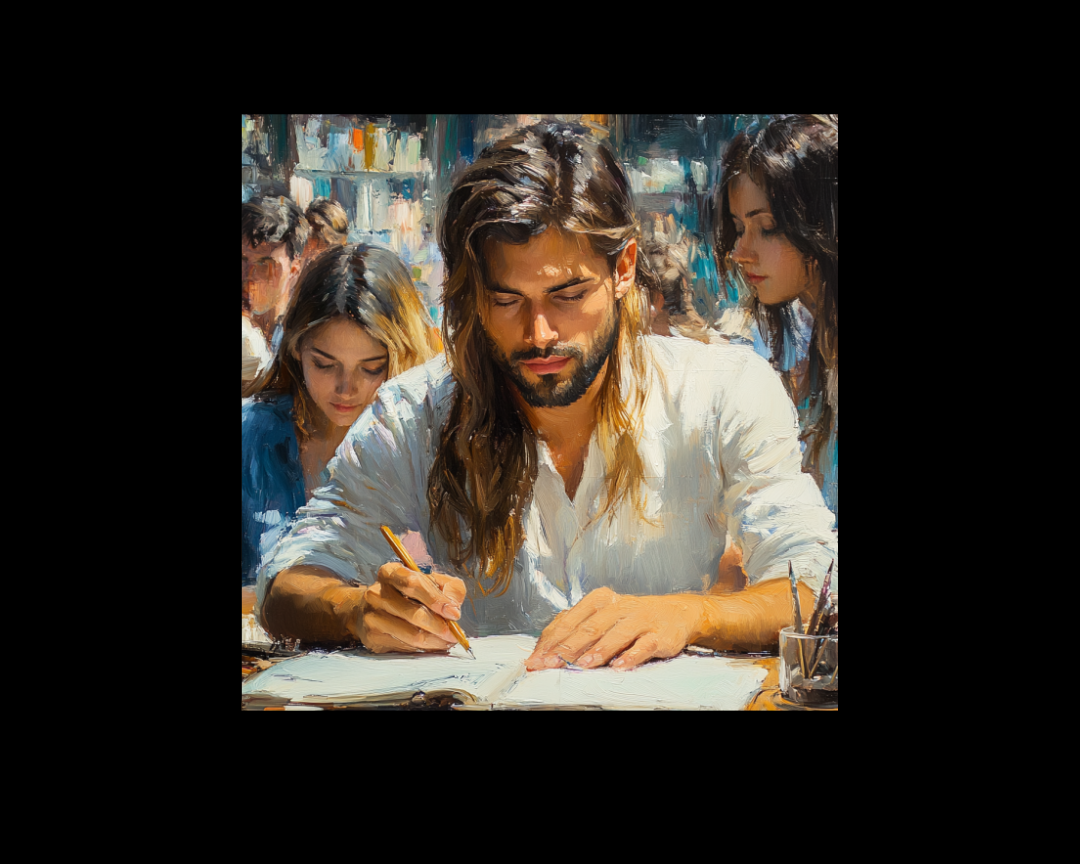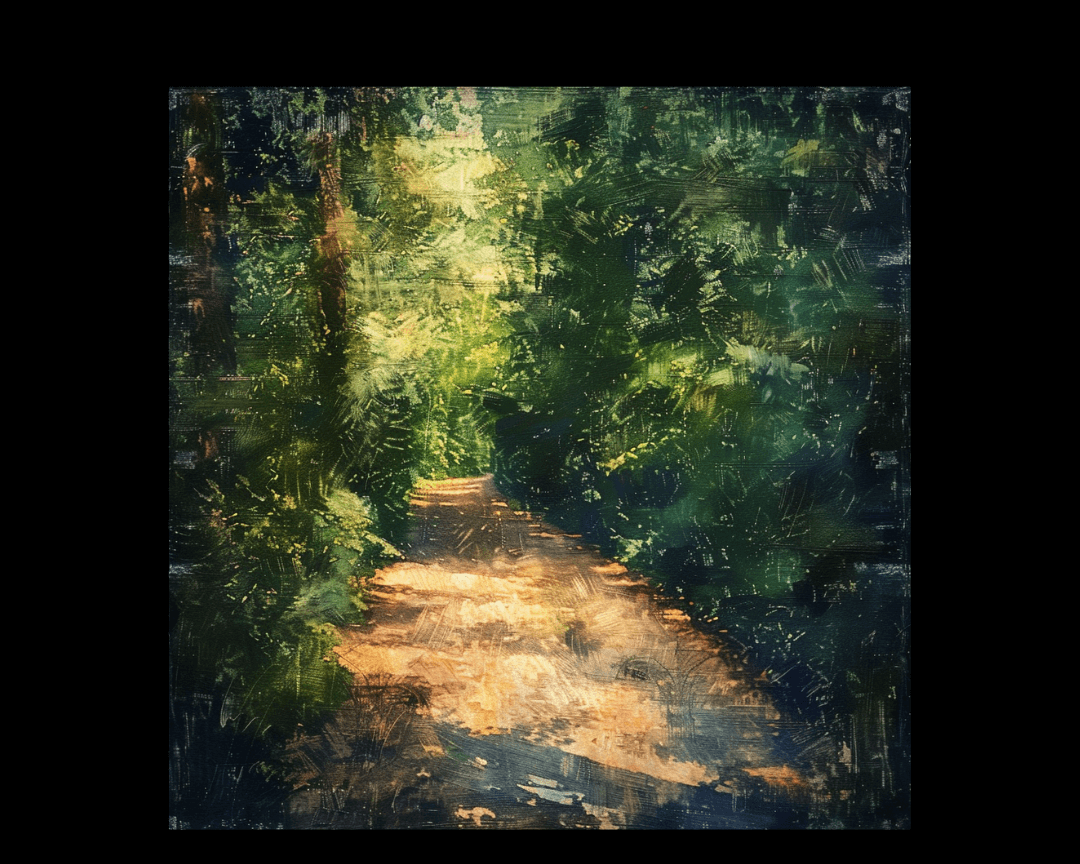Internal Conflict: The Catalyst for Transformation
An internal problem is the crucible for change, diving deep into a character's essence far beyond the surface motivations that drive external...

Narrative nonfiction is a genre of writing that uses the techniques of fiction—such as character development, storytelling, and scene-setting—while telling factual, real-life events. Also referred to as creative nonfiction or literary nonfiction, this style brings stories to life by focusing on narrative structure, just like in novels or short stories, while maintaining an adherence to factual accuracy.
This genre sits at the intersection of journalism, memoir, and literary storytelling. It aims to engage readers through compelling, real-world experiences while delivering truth.
Factual Accuracy: Despite its storytelling approach, narrative nonfiction must be rooted in real events, verified facts, and truthful accounts. Writers cannot invent details, but they can frame these facts in a more engaging way.
Storytelling Techniques: The use of fiction-like techniques—such as building tension, creating dialogue (when accurately remembered or recreated), and focusing on character arcs—brings narrative nonfiction to life. These elements transform factual accounts into immersive reading experiences.
Character Focus: Like in fiction, narrative nonfiction often centers around people—whether historical figures, ordinary individuals, or the writer themselves. This allows readers to connect with real-life experiences on a personal level.
Scene Construction: Writers of narrative nonfiction often use scenes to give readers a sense of place, time, and context. These scenes help build the narrative while staying faithful to the facts.
Memoir: A personal account of the writer's life or specific experiences.
Biography: The detailed story of someone else's life, often a public figure or someone who has made a significant impact.
True Crime: Detailed accounts of real criminal cases, focusing on facts while presenting them in a story-driven format.
Historical Nonfiction: A deep dive into historical events, framed with strong narratives and vivid descriptions.
"The Immortal Life of Henrietta Lacks" by Rebecca Skloot: This book tells the story of Henrietta Lacks, whose cells were taken without her consent and used for scientific research. Skloot uses compelling storytelling while presenting the ethical and medical dilemmas involved.
"Into the Wild" by Jon Krakauer: This narrative follows the life and death of Christopher McCandless, who abandoned modern society to live in the Alaskan wilderness. Krakauer combines McCandless' journey with investigative reporting and personal reflection.
"The Wright Brothers" by David McCullough: This biography of aviation pioneers Wilbur and Orville Wright highlights their invention of the first successful airplane, weaving a factual account with engaging storytelling.
Research Thoroughly: Since the genre demands factual accuracy, writers must meticulously research their subject. Interviews, primary sources, and firsthand accounts are essential.
Maintain Ethical Standards: Writers need to ensure that their storytelling doesn't distort the truth. Creative flourishes should never come at the expense of factual integrity.
Find the Story: Even with factual content, writers should look for the human element or central conflict to create a narrative arc that keeps readers invested.
Engagement: It combines the factual reliability of nonfiction with the captivating style of fiction, making it informative and enjoyable to read.
Emotional Connection: By focusing on real people and events, narrative nonfiction allows readers to emotionally connect with the stories, fostering a deeper understanding of the subjects.
Narrative nonfiction is a unique genre that transforms factual information into a compelling story, blending journalism, memoir, and literary techniques. It offers readers an opportunity to learn while being entertained, and for writers, it’s a way to creatively present the truth.
.png)
An internal problem is the crucible for change, diving deep into a character's essence far beyond the surface motivations that drive external...

Far beyond a mere formality, the introduction to a book can shape a reader's experience, setting the stage for the following narrative. A...
.png)
Characters are individuals who want something, and these desires can be categorized into two distinct types: the character's intrinsic wish...